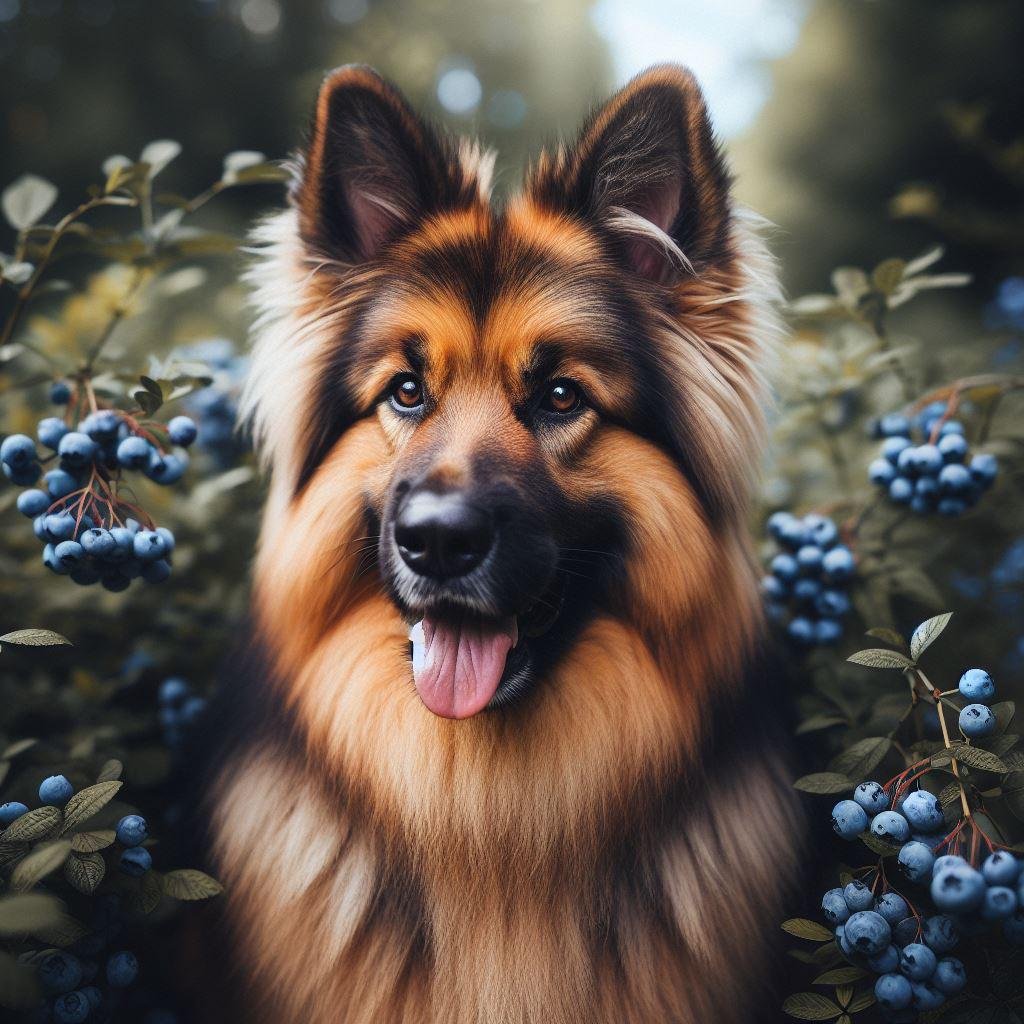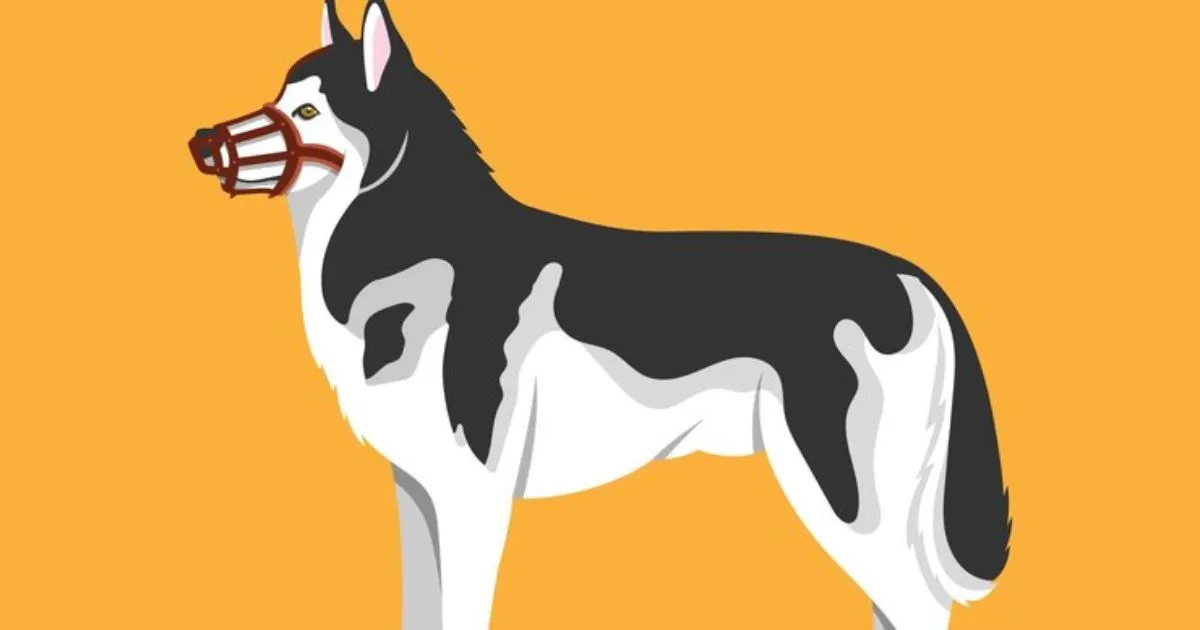The Unique Traits of a Light Brown German Shepherd Puppy
A light brown German Shepherd puppy is a charming mix of the breed’s classic traits and a unique coat color. Their soft, light brown fur often has golden or amber tones, highlighting their expressive eyes and sharp features. As puppies, their ears might still be floppy, and their bushy tails wag with excitement. These pups grow quickly, transforming from small, playful bundles into the strong, muscular dogs the breed is known for. Their coat color can shift as they grow, sometimes becoming lighter or darker. They’re naturally curious, alert, and love exploring their surroundings. Balancing playfulness with a gentle nature, they make wonderful companions. Early socialization and training are key to shaping their behavior and personality as they mature. A light brown German Shepherd puppy isn’t just a pet—it’s a loyal, smart friend ready to grow and bond with your family. Characteristics of the breed One of the most popular dog breeds in the world, German Shepherds are renowned for their intelligence, loyalty, and versatility. Characterized by their alert, confident demeanor, they excel in various roles, including police work, search and rescue, and as service dogs. Physically, they are large, muscular dogs with a distinctive, noble posture. Their keen senses and high trainability make them excellent working dogs. The breed exhibits a variety of coat colors and patterns. The most recognized colors are black and tan, but German Shepherds can also have coats that are black, white, sable, and various shades of red and silver. The light brown German Shepherd, often referred to as liver-colored, is less common but equally striking. Their coat, regardless of color, requires regular grooming due to its density and length. These diverse coat colors do not affect their personality or working abilities. In essence, regardless of the coat color, a German Shepherd remains a highly capable, intelligent, and loyal companion. Care and Training Caring for a German Shepherd puppy involves a comprehensive approach that focuses on their basic needs and training. Nutritionally, they require high-quality puppy food rich in protein to support their rapid growth and development. Regular feeding schedules and portion control are crucial to prevent overfeeding. Exercise is vital for these energetic dogs. Daily walks, playtime, and mental stimulation through interactive toys and games help in keeping them physically fit and mentally sharp. Grooming is another essential aspect, given their dense coat. Regular brushing helps manage shedding and maintain coat health. Health and Development German Shepherds are generally robust dogs, but like all breeds, they are susceptible to certain health issues. One common concern is hip and elbow dysplasia, a genetic condition where the joints develop improperly, potentially leading to arthritis. Managing this risk can be achieved through regular vet check-ups and maintaining a healthy weight. Another concern is degenerative myelopathy, a neurological disease that affects older dogs, leading to paralysis. Additionally, German Shepherds can be prone to bloat, a life-threatening stomach condition. Preventive measures include feeding smaller, more frequent meals and avoiding vigorous exercise after eating. In terms of development, German Shepherd puppies go through several stages: Age Range Developmental Milestones 0-2 Weeks Neonatal phase; dependency on mother for warmth and nutrition. 2-4 Weeks Transitional phase; eyes and ears open, begin to walk. 4-8 Weeks Socialization phase; interaction with others, start of basic training. 2-6 Months Rapid physical growth, teething, continued socialization and training. 6-18 Months Adolescence; physical maturity, behavioral training becomes crucial. Monitoring their health and development through these stages is essential for their well-being and to ensure they grow into healthy, well-adjusted adult dogs. Adoption and Breeders When looking to adopt a German Shepherd puppy, it’s essential to find a reputable breeder or a trustworthy adoption center. A good breeder prioritizes the health, temperament, and well-being of their dogs. They should provide health clearances for the puppy’s parents, showing they’ve been tested for common genetic diseases. Reputable breeders also welcome questions, allow visits to see the puppies and their living conditions, and show knowledge about the breed. When considering adoption, research the specific needs of German Shepherds. These are active, intelligent dogs requiring consistent training and socialization. Assess your lifestyle and environment to ensure it’s a suitable match for a German Shepherd’s energy levels and size. Adopting from shelters or rescue organizations is a commendable option, and often, staff can provide background information on the puppy’s health and behavior. Remember, adopting a dog is a long-term commitment, so thorough consideration and preparation are key to ensuring a happy, fulfilling relationship with your new companion. Community and Resources For new German Shepherd owners, joining breed-specific clubs and online groups can be a big help. These platforms offer tons of advice and support from experienced owners and experts. Clubs often host events, training sessions, and chances to socialize your puppy. Online forums and social media groups are great for sharing tips, asking questions, and staying informed about breed-specific issues. Helpful resources include puppy training books, German Shepherd care guides, and websites focused on the breed’s health and wellbeing. It’s also a good idea to find a vet who knows the breed well. They can give personalized advice on diet, health checks, and vaccinations. Connecting with these communities and resources helps you give your German Shepherd puppy the best care, building a strong, happy bond. Grooming The German Shepherd, often called GSD, is a herding dog. These dogs have high energy and are very intelligent, so they need a job to keep them from getting bored. They have a medium dense double coat that needs grooming. Grooming is especially important during the shedding seasons in spring and fall when their coats change. It’s essential to remove the undercoat to let the outer guard coat provide shade for your dog. Conclusion In short, owning a German Shepherd puppy means understanding their unique needs and traits. From their varied coat colors and strong build to their smart, loyal personalities, these dogs require dedicated care, proper training, and attention to their health and growth. Joining breed-specific communities and using tailored resources can make raising a … Read more


